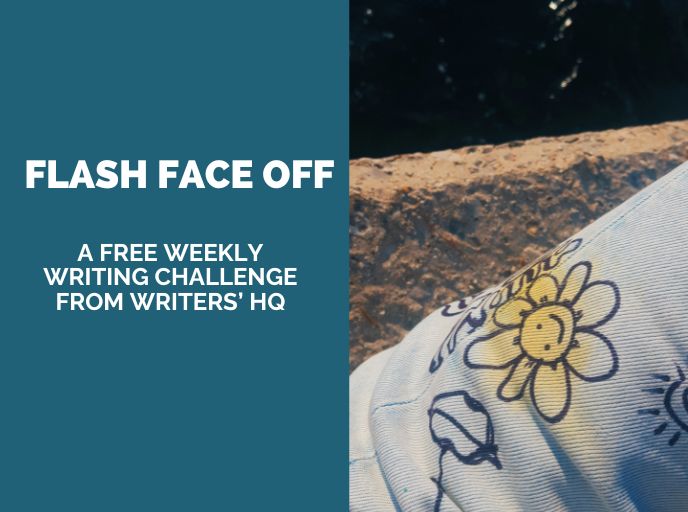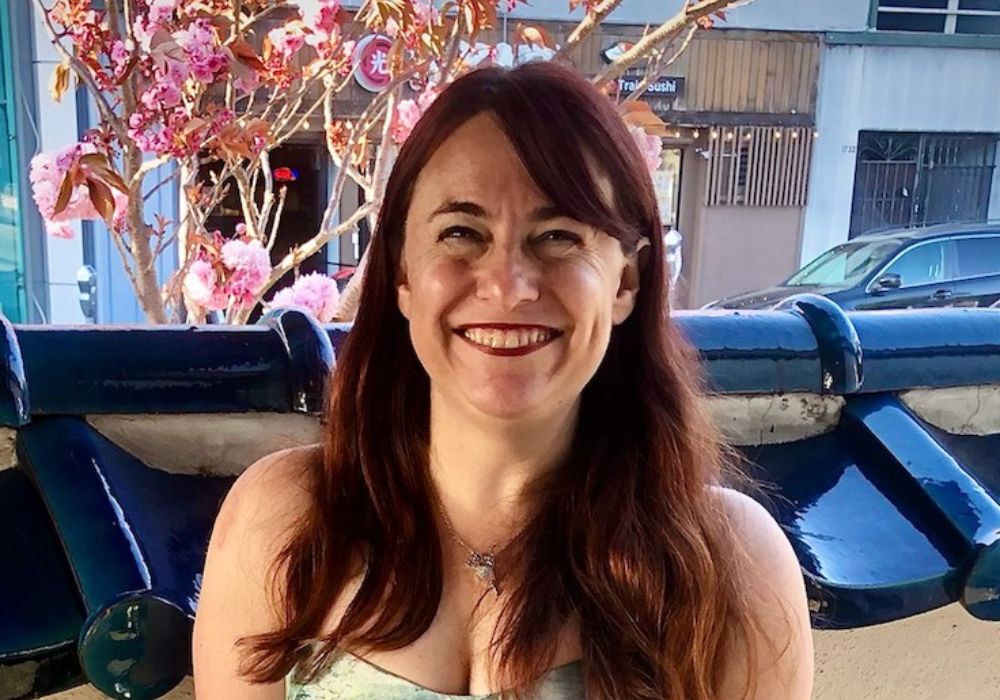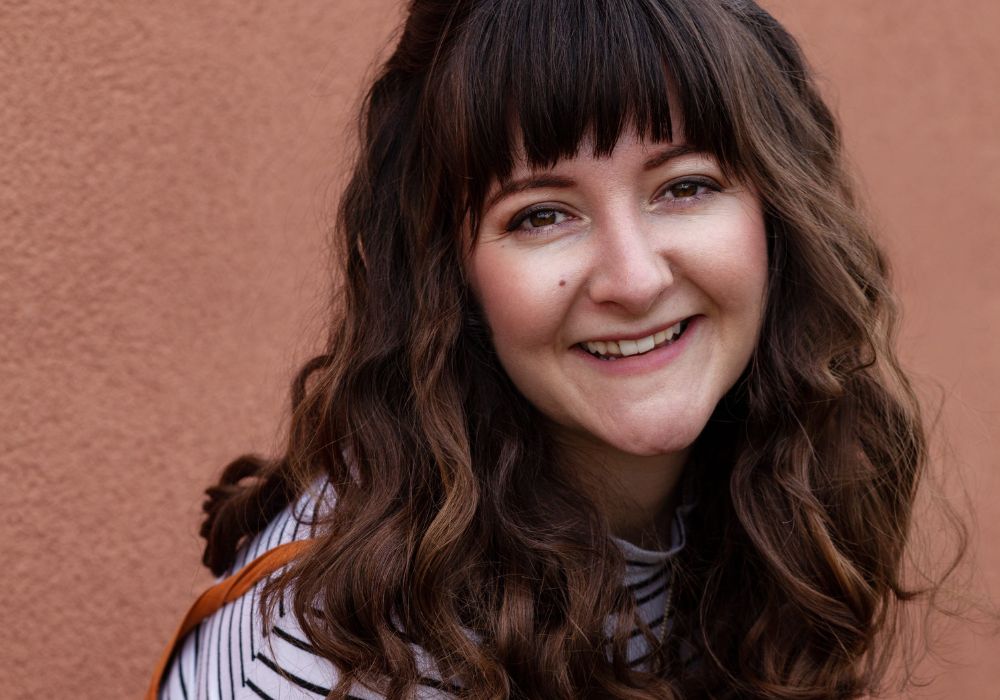
Never run out of story ideas again! We asked our favourite museum curator and ‘Twitter agent of chaos’ Madeline Odent for some artefact-based writing prompts and holy dust bunnies did she deliver. So grab a notebook and dive into the wonderful world of crafting stories from museum collections…
Sometimes, I wake up and my brain wants to write, but my creativity is still waiting for the coffee to kick in. When that happens, I have a ‘go-to’ prompt game that I like to play, developed through long years of being very bored at work.
It goes something like this: in my day job, I clean off-display museum artefacts. Ideally, an object is accompanied by a full provenance: where it came from, who made it and when, how and with what materials, and what, if any, significance is attached.
Realistically, though, we consider it lucky if a given artefact has half of that information available. So, I like to invent whatever’s missing! Obviously I do not enter my story into the object record, but it’s a fun exercise in developing ‘backgrounds’ and worldbuilding depth.
Give it a go — take a close look at this 19th century Croatian dress:
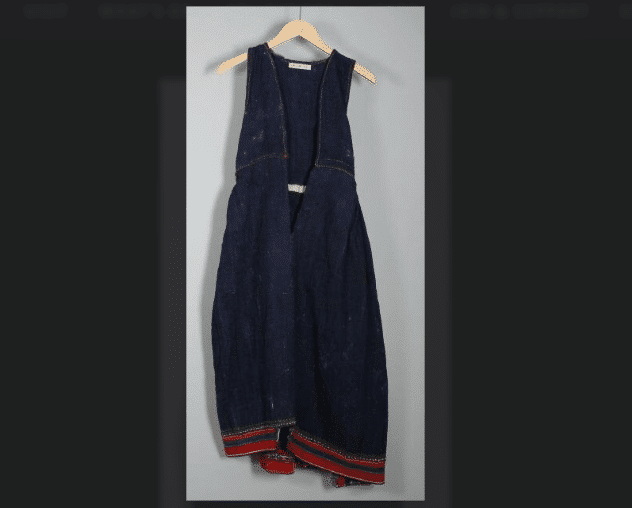
There is no donor information on file, so try writing the story of how the dress came to be in a box in a museum in London, a thousand miles and two centuries from where it was created…
What clues can be gleaned from the photo? Notice the white spot stains, the fraying at the collar, the looseness of the weave separating. Notice the size and the embroidery, and try to explain those details in the story.
Sometimes, we get lucky with information. Here’s a window that we can trace to a precise house in England in 1621:
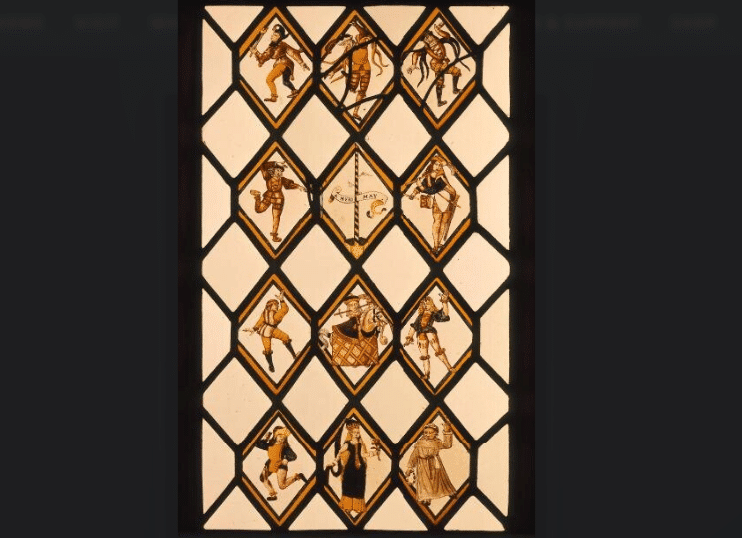
We know nearly everything about it (click here for all the info and close-ups). Using details from the object history, photos, and physical description, write the story of the window being created.
What may have been the motivation behind the commission? Which member of the family may have requested the scene? What was the artist thinking as they worked on the piece?
Want to play around with giving objects agency? (this is great fun for horror or romance, or any time you need an inanimate object to start doing things behind a character’s back). Check out this Egyptian necklace from the period of Roman rule:
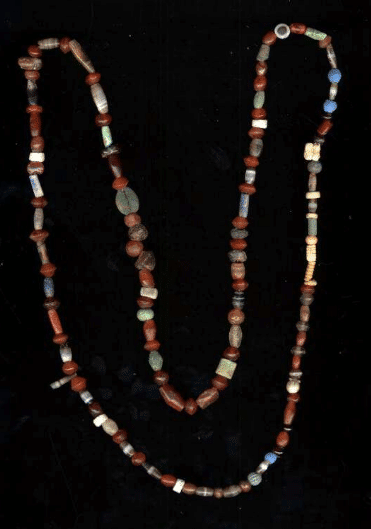
Thirty-six glass beads, each a different shape, size, colour, and pattern. How did they come together, what roles do they play individually and together, and what are they trying to accomplish as a grouped necklace?
(For additional details, research the history of the millefiori technique, as well as the development of Roman rule over Egypt.)
I stumbled across this basic household ‘witch’s wreath’ a few years back and I’ve never forgotten it. It’s accompanied by a full provenance and history — history which turned out to be fabricated…
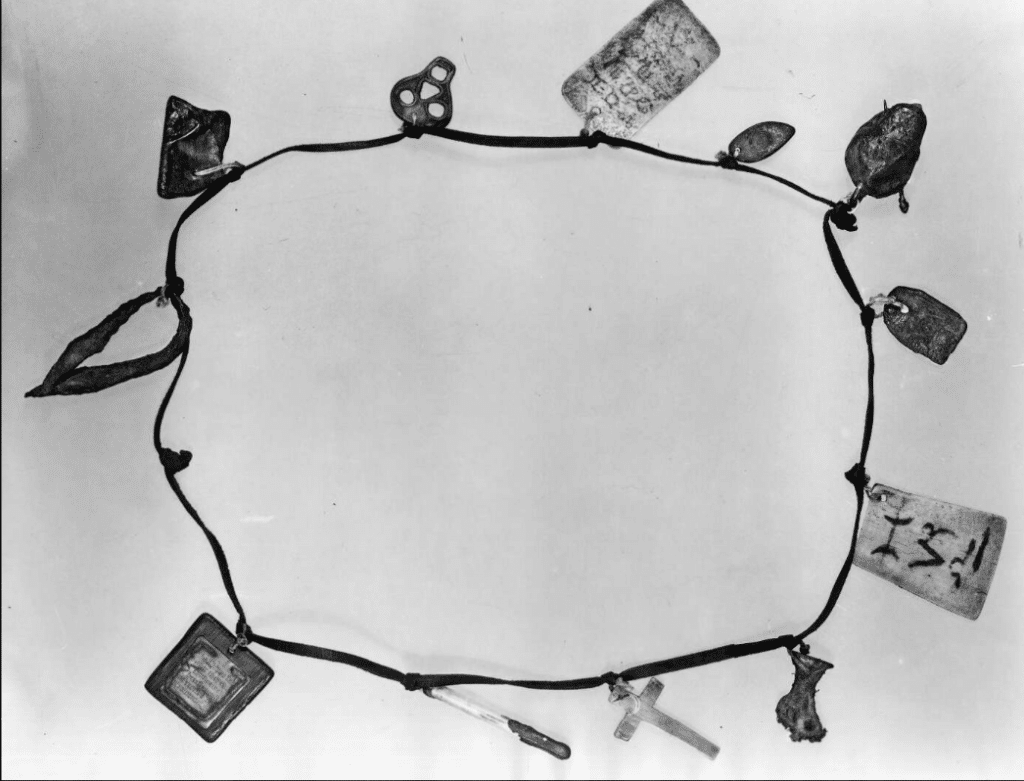
Tell the story of the forgery. Did the seller invent the fake, or did they believe the story from somebody else? What is the object really — and why was it disguised as something else? Is there any truth to the provenance at all?
With some sensitivity, artefact trawling can also be useful inspiration for world-building. Imagine a world with physical conflict — at some point, a concept of a shield will have been created. Take a look at these shields from around the world:
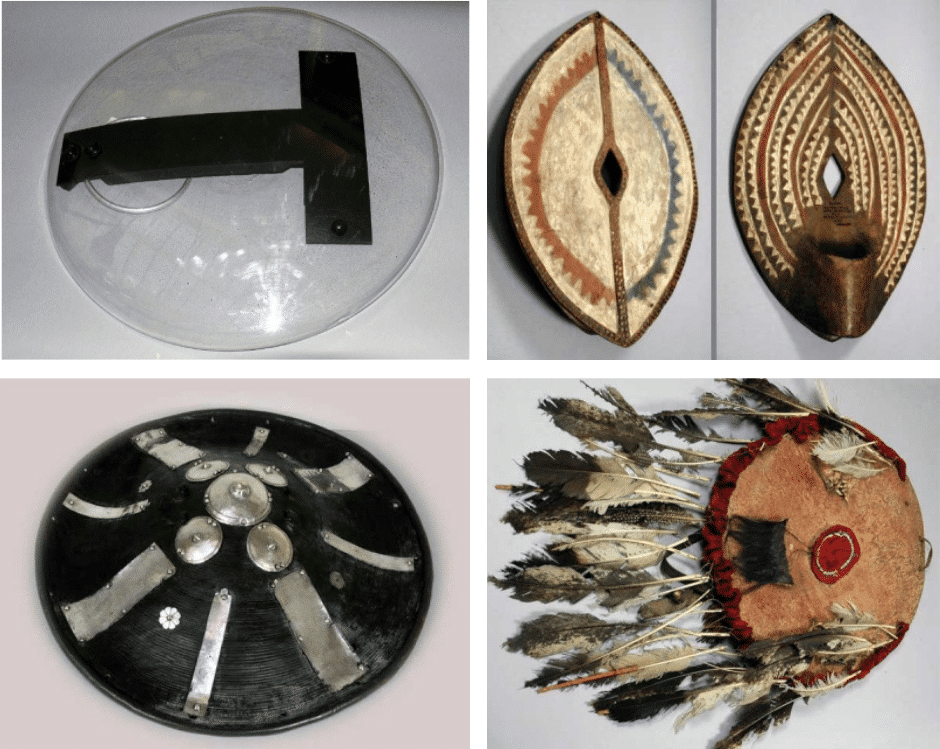
Pick any three from the many options here, and invent and describe a shield using attributes from each. The goal is to avoid cultural appropriation or problematic stereotyping, particularly when creating fantasy settings. Expand this by explaining why your society used certain materials, decorations, or functional features. Who or what were they fighting, and how has the design changed or solidified over time?
Finally, let’s consider the life of an object once it becomes a museum artefact. Objects are often loaned back and forth between different museums, for exhibits, research, and educational purposes. Unsurprisingly, there’s a lot of paperwork involved. However, this flint knife is noted as having been at another museum with no loan paperwork held by either side.
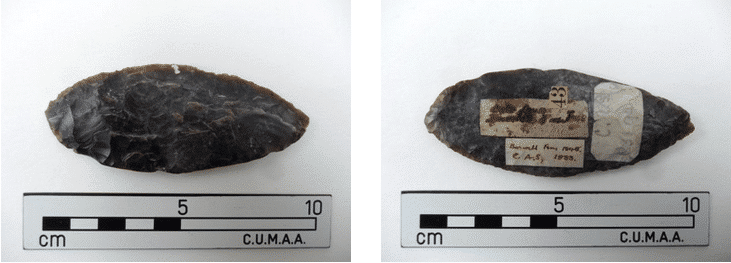
Write the story of how the object moved from one museum to another, and returned again. Consider the differing information on labels, and that both museums assigned internal numbers to the object. Consider what relationship may or may not exist between the two different museums, and any (fictional) characters at either.
Having fun? Many large museums have searchable, publicly accessible collections pages, such as those linked throughout. However, if you want an extra challenge, I’ll leave you with this:
- Pick a genre, any genre
- Got one?
- Click this link
- Click the small grey number to go to the info page of whichever object randomly generates, and start writing!
- Never run out of story ideas again
What next?
For another handy technique for finding ideas wherever you go, try this exercise: Turn A Day Out Into A Story
Or check out our Writing Short Fiction course for how to develop your idea into a contained, polished story (including a whole unit on using objects to deepen the details your writing)!


